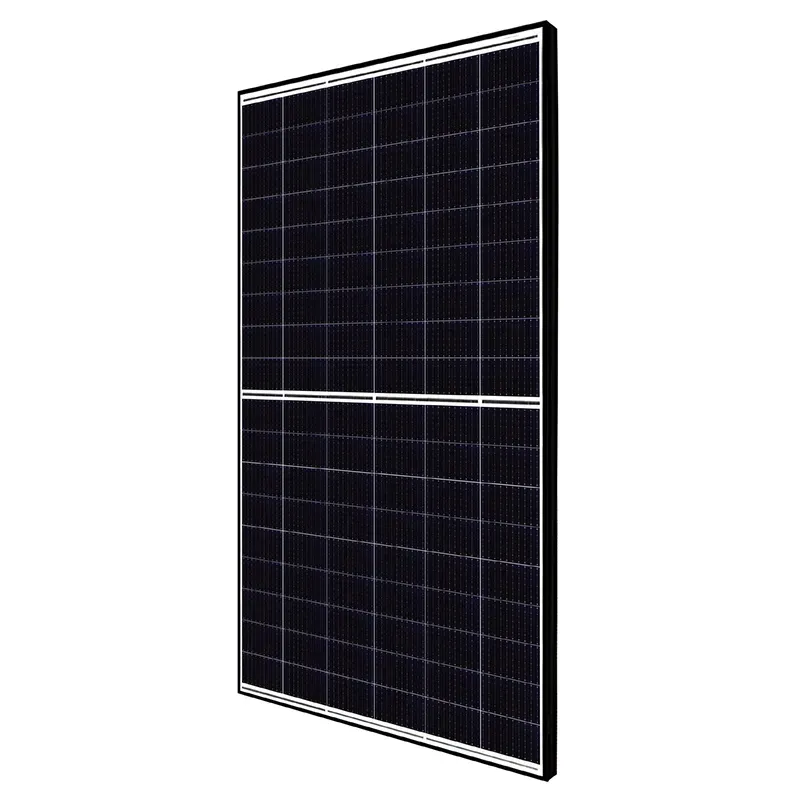3kw solar system inverter
Understanding 3 kW Solar System Inverters An Essential Component of Solar Energy Systems
As the world increasingly turns toward sustainable energy solutions, solar power has emerged as one of the most prominent sources of renewable energy. Central to the operation of any solar energy system is the inverter, which plays a critical role in converting the direct current (DC) generated by solar panels into alternating current (AC), the form of electricity used in homes and businesses. In this article, we will explore the significance of a 3 kW solar system inverter, its features, benefits, and how it integrates into the broader solar energy framework.
What is a 3 kW Solar System?
A 3 kW solar system is considered a small to medium-sized solar installation, typically suitable for residential use. It can generate roughly between 12 to 15 kWh (kilowatt-hours) of electricity per day, depending on factors such as sunlight availability, panel orientation, and weather conditions. Installing a 3 kW solar system can significantly reduce electricity bills and contribute to a more sustainable lifestyle.
The Role of the Inverter
The primary function of a solar inverter is to convert the DC electricity produced by solar panels into AC electricity. Most household appliances and the electrical grid operate on AC power, making the inverter a crucial component in the utilization of solar energy. There are several types of inverters available in the market, including string inverters, microinverters, and power optimizers.
String Inverters These are the most common type used in residential solar systems. A string inverter connects multiple solar panels in series, meaning the entire system's performance can be limited by the weakest panel in the string. Nevertheless, they are generally more affordable and easier to install.
Microinverters Unlike string inverters, which manage several panels at once, microinverters are attached to each solar panel individually. This configuration allows for better energy production, as the performance of one panel does not affect the others. Microinverters are particularly useful for rooftops with shading issues or panels facing different directions.
Power Optimizers Power optimizers work similarly to microinverters but are used in conjunction with a string inverter. Each panel has a power optimizer that maximizes its output before sending the energy to the string inverter for conversion to AC.
Key Features of a 3 kW Solar Inverter
1. Efficiency The efficiency rating of an inverter indicates how well it converts DC to AC power. Most modern inverters have efficiency ratings above 90%, and some may even exceed 98%.
3kw solar system inverter

2. Monitoring Capabilities Many contemporary 3 kW inverters come equipped with monitoring features, allowing homeowners to track energy production and system performance through smartphones or computers. This data can help in identifying issues and optimizing energy usage.
3. Grid-tied vs. Off-grid A grid-tied system connects to the local power grid, allowing homeowners to sell excess energy back to the grid. An off-grid system, on the other hand, operates independently and often requires battery storage to utilize energy during non-sunny periods.
4. Safety Features Safety is paramount in solar installations. Most modern inverters include safety features such as anti-islanding capabilities, which prevent the inverter from feeding energy back to the grid during power outages, ensuring the safety of utility workers.
Benefits of Installing a 3 kW Solar System with an Inverter
1. Cost-Effectiveness By choosing a 3 kW solar inverter, homeowners can reduce initial installation costs while still reaping the financial benefits of solar energy. Smaller systems are often more affordable and can be expanded later if energy needs increase.
2. Energy Independence A solar energy system allows homes to generate their own electricity, reducing reliance on fossil fuels and government energy providers. This independence can translate into significant long-term savings.
3. Environmental Impact Investing in solar energy, complemented by efficient inverters, contributes to a decrease in carbon footprints. Solar energy production emits no greenhouse gases, making it a key player in combating climate change.
4. Increased Home Value Homes equipped with solar energy systems often see an increase in property value. Future buyers are generally attracted to energy-efficient systems, knowing they will save on energy costs.
Conclusion
In conclusion, a 3 kW solar system inverter is a vital component of a successful solar energy installation. Understanding its significance, features, and benefits can empower homeowners to make informed decisions in the journey toward renewable energy adoption. With the advancements in solar technology and growing awareness of environmental challenges, investing in solar power is not just a smart choice for homeowners; it's a step toward a sustainable future.
-
Unlocking Energy Freedom with the Off Grid Solar InverterNewsJun.06,2025
-
Unlock More Solar Power with a High-Efficiency Bifacial Solar PanelNewsJun.06,2025
-
Power Your Future with High-Efficiency Monocrystalline Solar PanelsNewsJun.06,2025
-
Next-Gen Solar Power Starts with Micro Solar InvertersNewsJun.06,2025
-
Harnessing Peak Efficiency with the On Grid Solar InverterNewsJun.06,2025
-
Discover Unmatched Efficiency with the Latest String Solar InverterNewsJun.06,2025







